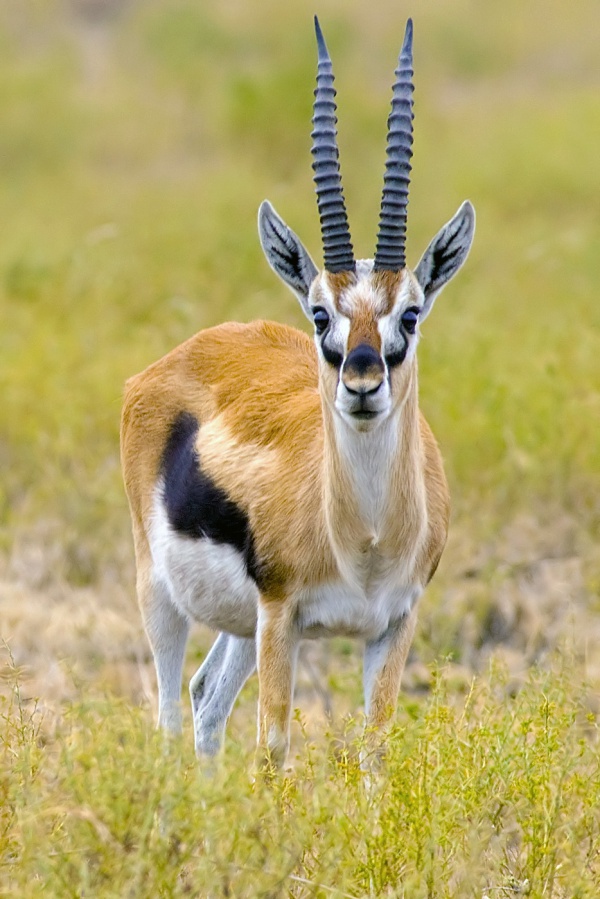Facts About Thomson's gazelle
Thomson's gazelle, or *Eudorcas thomsonii*, is a familiar sight in East Africa, named after the explorer Joseph Thomson. Commonly referred to as "tommies" these gazelles are the most prevalent in the region, with an estimated population exceeding 550,000. Not only are they abundant, but they are also incredibly swift, capable of reaching speeds of 80–90 km/h, making them the fourth-fastest land mammals. British zoologist Albert Günther first documented them in 1884, and they belong to the Bovidae family.
You will predominantly find Thomson's gazelles in the savannas and grasslands of Kenya and Tanzania, particularly within the Serengeti. They prefer short grasslands with a dry, resilient foundation. Their diet varies according to the season: during the wet season, they graze on fresh grasses, whereas in the dry season, they browse on bushes, forbs, and clovers.
In terms of appearance, these gazelles are relatively small. Males typically weigh between 20–35 kg, while females are lighter, ranging from 15–25 kg. They have sandy brown to rufous coats, distinctive facial markings, and slightly recurved horns. Their social structure is quite intriguing; males establish breeding territories and attract females through various displays or even combat.
Regarding reproduction, female Thomson's gazelles give birth to single fawns following a gestation period of five to six months. The mother cares for the newborn until it is capable of consuming solid food and joining a herd. However, these gazelles face several threats, including habitat alteration, tourism pressures, and population decline.
Thomson's gazelles have also made their way into popular culture. They have appeared in shows like *Monty Python's Flying Circus* and Disney's *Zootopia*. Fashion designer Alexander McQueen even drew inspiration from them for his 1997 collection, "It's a Jungle Out There."

 South Sudan
South Sudan